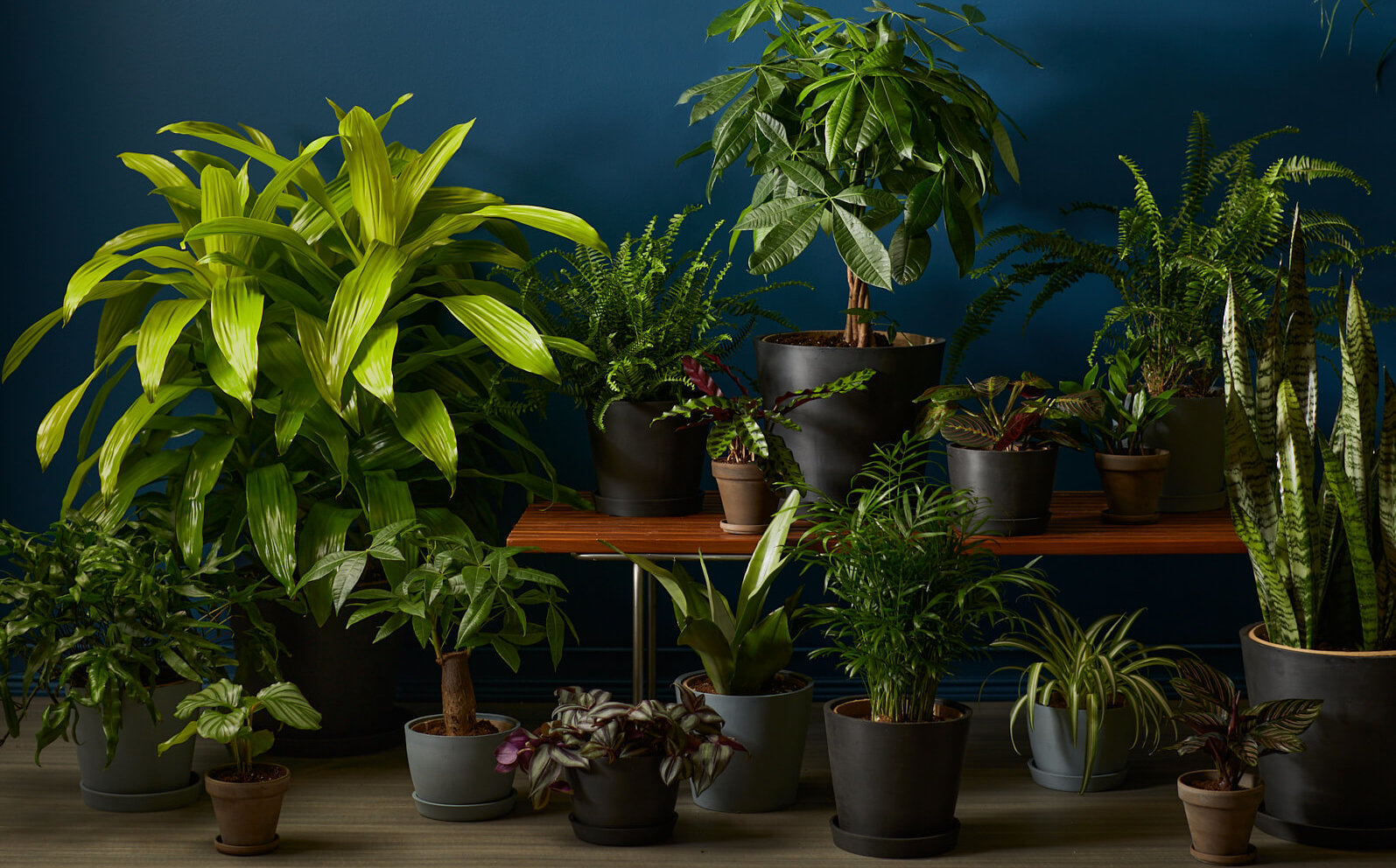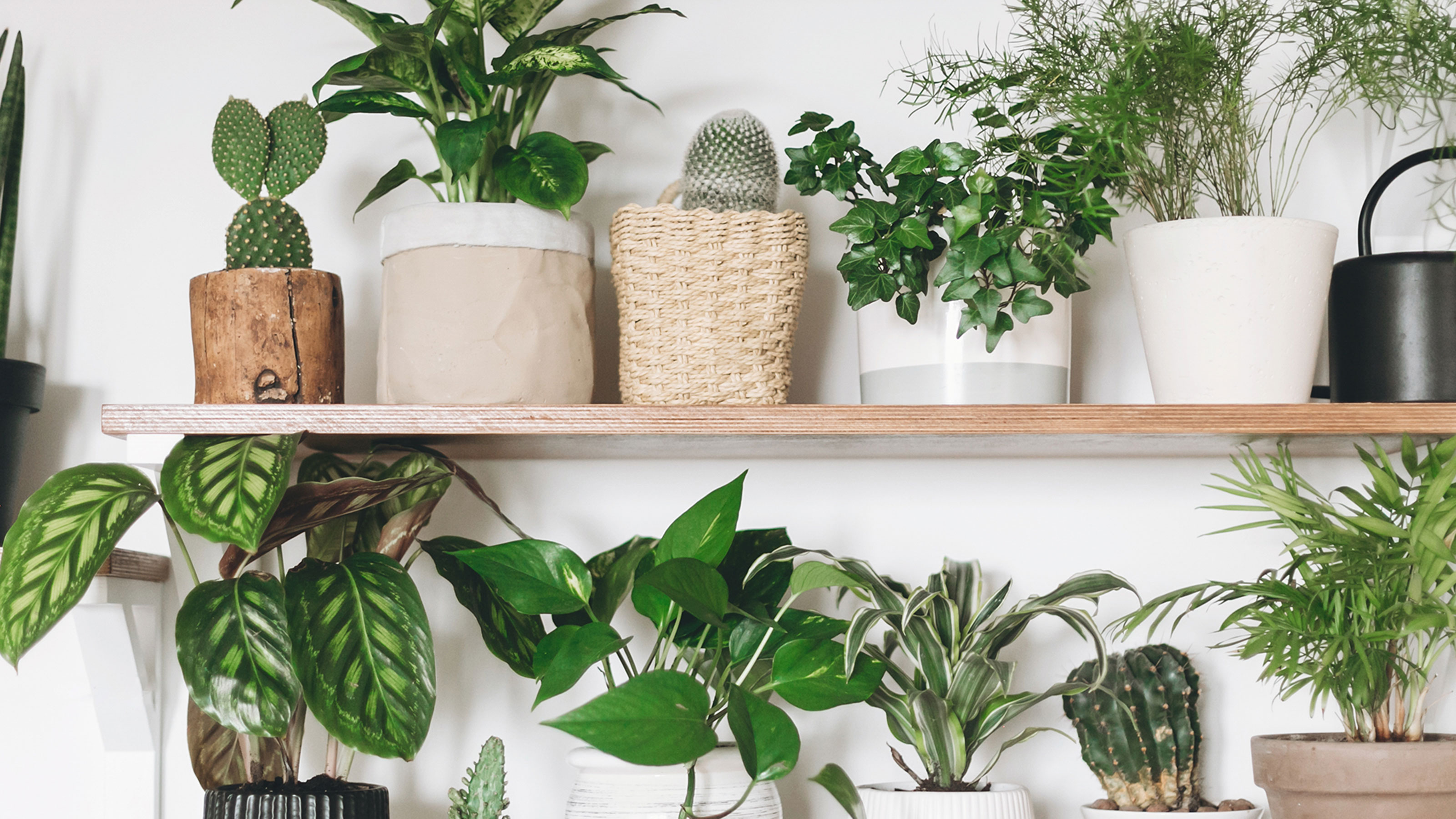The Best Low-Light Indoor Plants That Require Minimal Care and Attention
The Best Low-Light Indoor Plants That Require Minimal Care and Attention
Blog Article
Explore the Special Advantages of Low-Light Indoor Plants for Your Living Area
Incorporating low-light indoor plants into your home supplies a wide variety of advantages that expand much past mere aesthetic appeals. These hardy plants not only thrive in atmospheres with restricted sunshine yet likewise serve crucial functions such as air purification and humidity enhancement. Additionally, they can positively affect your mood and general wellness while needing marginal upkeep. As you think about the transformative capacity of these plants, it ends up being important to check out exactly how their special features can customize your atmosphere to much better serve your lifestyle. What particular advantages might resonate most with your personal room?
Air Purification Benefits
Low-light indoor plants not only improve the visual appeal of living spaces however likewise play a significant function in air purification. Study has demonstrated that specific plant species can efficiently eliminate usual interior contaminants, including benzene, trichloroethylene, and formaldehyde. These compounds frequently emanate from home items such as furnishings, cleaning items, and structure materials, adding to interior air quality issues.
Plants such as the snake plant, pothos, and peace lily are specifically experienced at filtering system harmful materials from the air while growing in low-light problems. The procedure of phytoremediation, in which plants absorb and metabolize toxic substances, enables these species to contribute dramatically to a healthier indoor atmosphere. In addition, via photosynthesis, plants release oxygen, additionally improving air high quality.
Incorporating low-light interior plants into home or workplace areas not just supplies visual advantages but also works as a sensible method for boosting air quality. By choosing the appropriate varieties, individuals can develop a setting that advertises health and reduces direct exposure to hazardous pollutants, making these plants an essential aspect in modern indoor living.

State Of Mind Improvement Results
Various researches have actually revealed that incorporating indoor plants can considerably improve mood and total psychological well-being. The presence of greenery in interior settings has been connected to reduced stress and anxiety degrees, boosted sensations of peace, and boosted emotional health and wellness. Low-light indoor plants, specifically, prosper in settings where natural light is restricted, making them excellent for various living areas.
Research indicates that engaging with plants can boost the launch of serotonin, a natural chemical related to sensations of happiness and health. Additionally, the act of taking care of plants fosters a sense of duty and success, additional adding to positive mental health results. Moreover, low-light plants such as snake plants, pothos, and tranquility lilies have been shown to improve air high quality, which is inherently linked to state of mind improvement.
Integrating these plants into your home or workplace can produce a calm ambience, using a sensory and aesthetic retreat from the pressure of day-to-day live - Best low-light indoor plants. As people spend raising quantities of time inside your home, the mood-enhancing effects of low-light indoor plants become much more crucial, offering not only visual charm however likewise an extensive influence on emotional well-being
Low Upkeep Needs
For those looking for to enhance their indoor spaces without a considerable time commitment, low-light indoor plants are an optimal choice due to their low upkeep needs. These durable plants grow in less-than-ideal illumination conditions, making them excellent for homes and offices where all-natural sunshine is limited.

Pest resistance is an additional benefit of low-light indoor plants. Numerous varieties are much less vulnerable to common pests, reducing the requirement for continuous tracking and treatment. These plants usually grow more gradually than their high-light equivalents, indicating less constant repotting and trimming are necessary.
Visual Appeal and Convenience

Furthermore, these plants can be set up in myriad ways, whether in teams for a rich impact or as standalone features to draw the eye. The choices of planter styles-- from smooth ceramic pots to rustic wooden containers-- further boost their aesthetic worth, permitting house owners to share their individual design.
Furthermore, low-light plants can be tactically put in areas that might otherwise really feel disregarded, such as corners or dimly lit shelves, thus maximizing their ornamental capacity. Ultimately, the mix of their striking look and versatility makes low-light indoor plants a valuable enhancement to any kind of home, producing a welcoming atmosphere that promotes well-being and relaxation.
Boosted Humidity Degrees
Enhancing interior humidity levels is one of the significant advantages of including low-light interior plants into living rooms. These plants normally launch dampness vapor with a procedure understood as transpiration, which occurs when water absorbed by the roots relocates via the plant and evaporates from the leaves. This process not just boosts moisture but likewise adds to a much healthier indoor environment.
Enhanced moisture degrees can relieve various health problems, such as dry skin, breathing troubles, and allergies. Numerous individuals experience pain in arid interior conditions, particularly throughout winter months when heating systems are in usage. By purposefully placing low-light plants throughout your home, you can create a more balanced humidity degree that promotes general wellness.
Moreover, specific low-light indoor plants, like tranquility lilies and spider plants, are specifically effective at boosting humidity. Their capability to flourish in low-light atmospheres makes them optimal for numerous click here to find out more spaces, from workplaces to rooms. Along with enhancing moisture, these plants can additionally boost air high quality by filtering system out common indoor contaminants, making them a useful enhancement to any living area. Thus, low-light indoor plants offer both aesthetic and practical functions, promoting a much healthier ambience.
Conclusion
In summary, low-light indoor plants offer numerous benefits that add to a much healthier and more welcoming living room. Their capacity to cleanse the air, enhance mood, and improve moisture degrees highlights their worth as reliable decoration aspects. Their low maintenance needs and visual flexibility make them ideal for numerous atmospheres. Integrating these durable plants right into interior settings not just elevates the setting but also promotes total well-being, developing a the original source peaceful haven for homeowners.
Plants such as the serpent plant, pothos, and peace lily are particularly proficient at filtering unsafe substances from the air while growing in low-light problems. Low-light plants such as serpent plants, pothos, and peace lilies have been shown to enhance air high quality, which is fundamentally connected to mood improvement.
Low-light indoor plants, such as snake plants, pothos, and ZZ plants, not only improve the visual landscape of an area but also introduce different textures and tones of environment-friendly that can complement diverse indoor styles. These plants naturally release moisture vapor with a process known as transpiration, which takes place when water taken in by the roots relocates with the plant and vaporizes from the leaves.Additionally, certain low-light indoor plants, like peace lilies and crawler plants, are particularly effective at increasing humidity.
Report this page